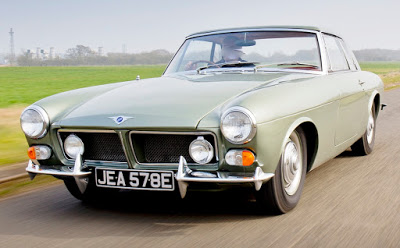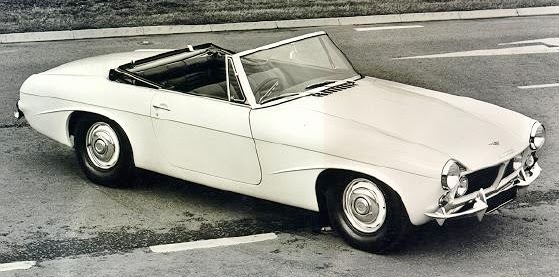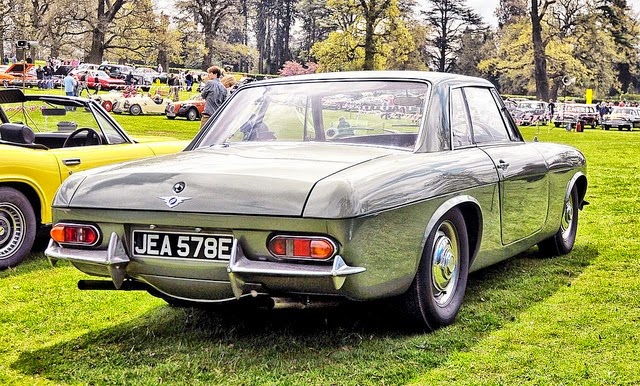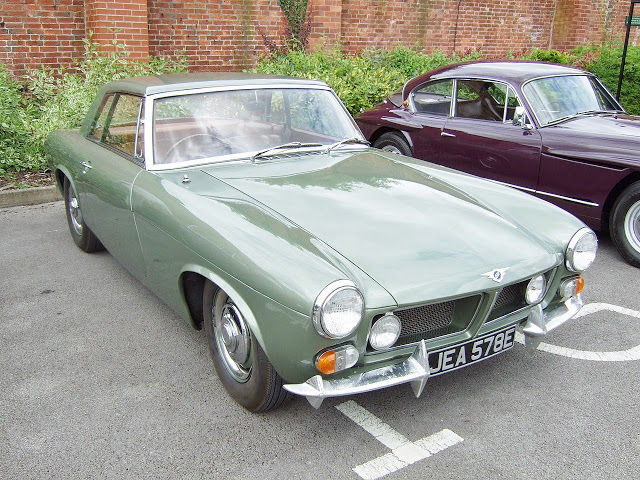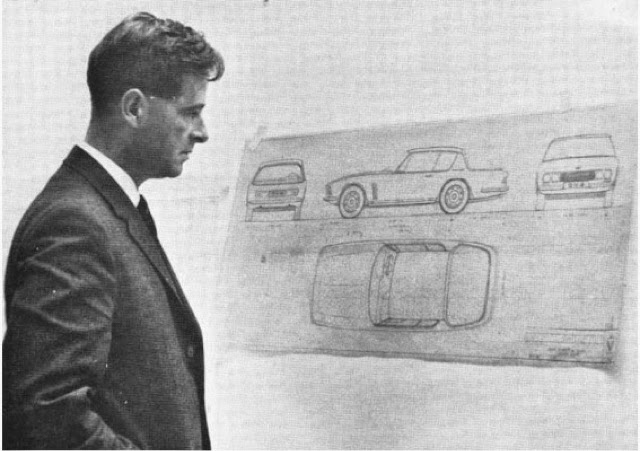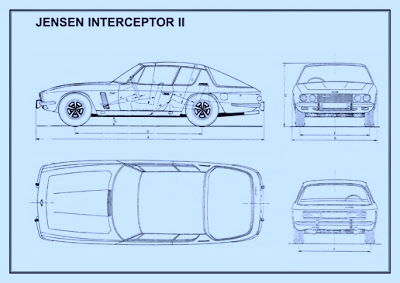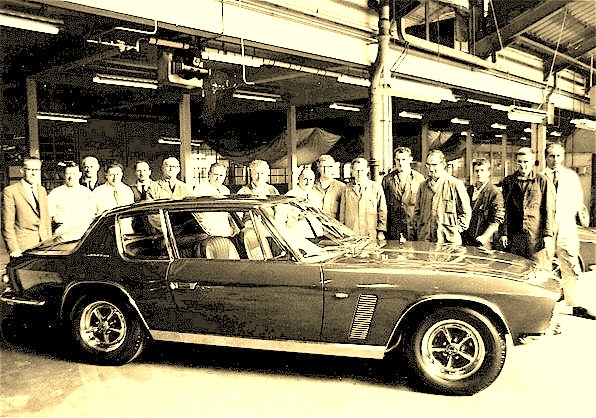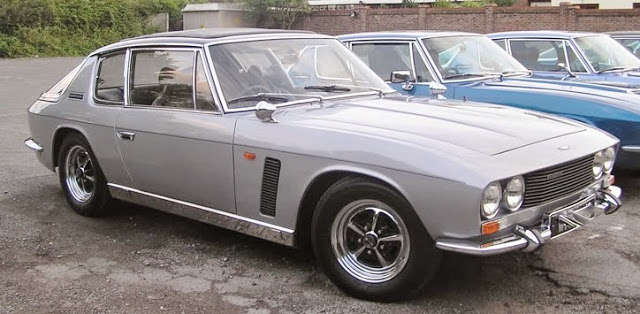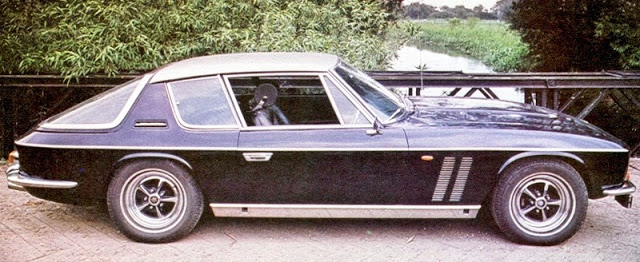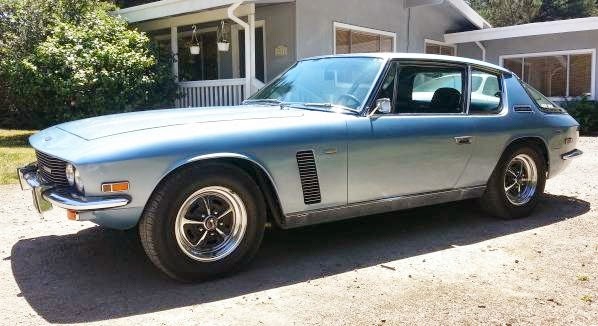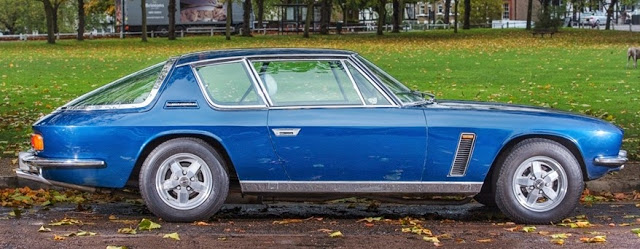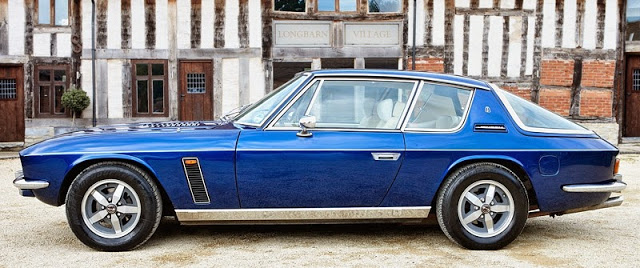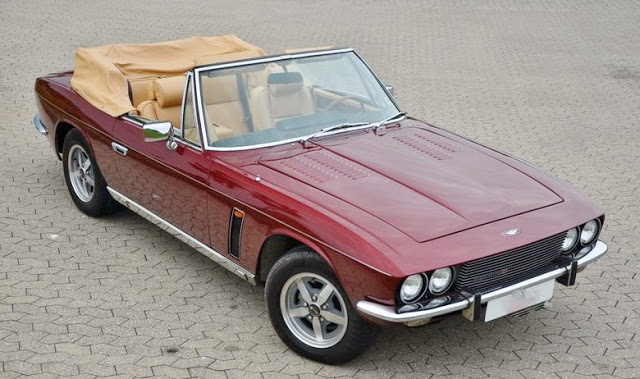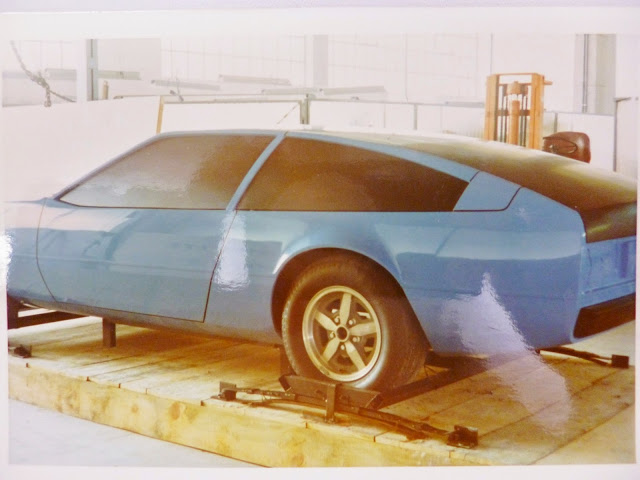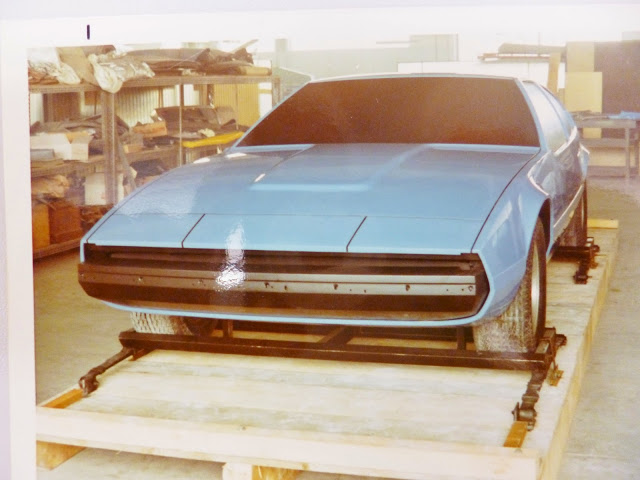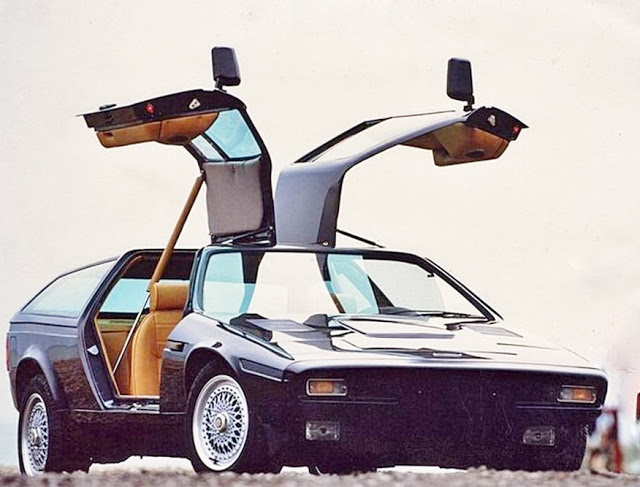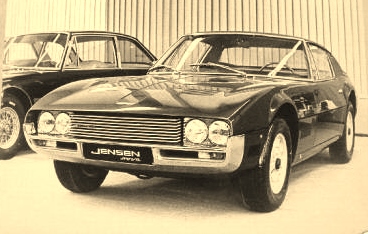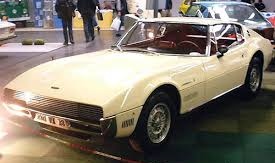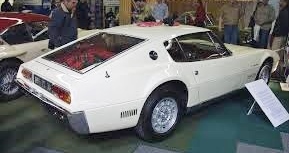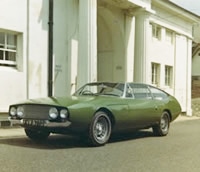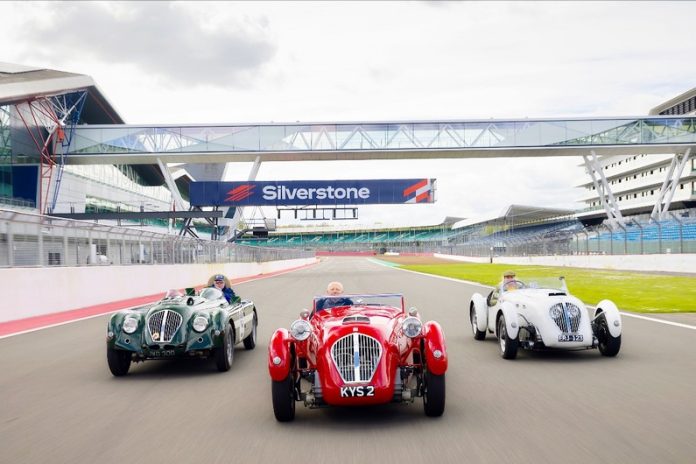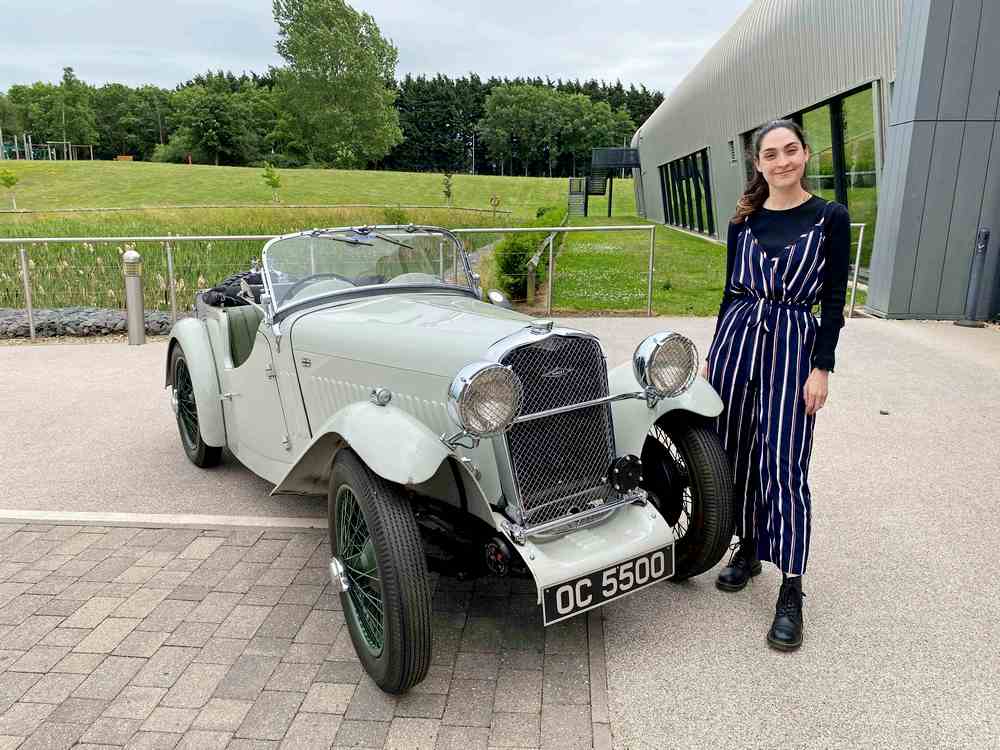Jensen Motors – The Interceptor years
All this is speculation on my part although the facts seem to fit. In any case, it is entirely academic for the reasons set out below.
Kevin and Richard were able to convince the ‘Board of Directors’ to back the Carrozzeria Touring Superleggera design and Jensen embarked upon a significantly different journey from that which it had been travelling before.
Not long afterwards Alan and Richard resigned from ‘their’ company and a little later Eric Neale did the same. His car designing days had come to an end and Jensen’s days of making fibreglass car bodies were also finished. However sad those departures were, there are few who would not agree that the decision to adopt the Touring design was the correct one.
The initial production bodies were built by Vignale of Italy until production facilities could be established at Jensen’s Kelvin Way, West Bromwich, factory.
Another significant change in ownership of the company occurred in 1970 when Mr.Qjell Qvale, a Californian based car distributor (he was big in Austin – Healeys in the 1960s), bought the company from Norcross. His main reason for doing so was to build a replacement for the Austin – Healey 3000, production of which had ceased in 1967. This was achieved, to a degree, in 1972 when the Jensen Healey sports car was launched. See the link below for the Jensen-Healey story.
Here are the images in support of the Interceptor story –
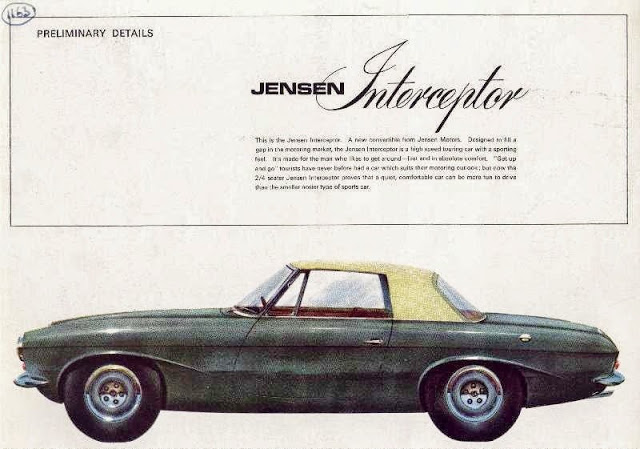 |
|
P66 (planned to have the name ‘Inteceptor’)
Preliminary Details leaflet handed out at 1965 ‘Earls Court Motor Show ( Courtesy Tony Bailey)
|
|
|
|
|
Special Announcement Re Jensen P66
The annual Classic Car Show was held at Birmingham’s National Exhibition Centre over the week-end of 13 – 15 November 2015. The Jensen Owners Club had its usual stand there. On the stand this year was Derek Chapman’s recently refurbished Jensen P66 Coupe, the only one ever built!
The reason for this special announcement is to tell you that the P66 was awarded the ‘Car of the Show’ award.
What a well deserved accolade for Derek, the Club, Jensen Motor Company and most of all for the man responsible for the car’s styling, the late Eric Neale.
I was working in Jensen’s Kelvin Way drawing office when ‘Project 66’ (designated to be named ‘Interceptor’ after the 1950 – 54 car) was conceived and built.
In particular, I remember Kevin Beattie, the Chief chassis engineer at the time, supervising torsional rigidity tests on the first prototype’s (a soft top/open version) body/chassis assembly.
There was nothing as sophisticated as electronic strain gauges or sensor pads used, there were just a series of long steel bars with weights attached and rulers and protractors for measuring
deflection. I remember the members of staff involved in the tests being delighted with the results. What I wasn’t privy to, at the time, were the machinations that were taking place, in the corridors of power, concerning the future of the P66 and ultimately the future of the Company itself. I refer to this situation in the body of the article above.
The cabriolet version was destroyed once the decision not to proceed with the P66 had been taken. But for some reason, the Coupe was allowed to remain intact.
In 1968 this car was sold to a member of the public, a dentist named Mr. Atkins of Canterbury U.K. In 1976 this car was auctioned by Bonhams in London and was bought by a Dr. Knapp of New Jersey, USA. It was to remain in the States until 1988 when it was brought back to the U.K. by Jensen Cars Ltd., the company that had risen from the ashes of the original Jensen Motors Ltd.
Since then it has been owned by Mr. Michael Williams, a member of the Jensen Owners Club and the current owner Mr. Derek Chapman. At the bottom of the page there is a link to Derek’s excellent website dedicated to the Jensen P66. Note – Derk Chapman subsequently sold the car at auction.
The end of an Era
 |
| Touring’s Logo |
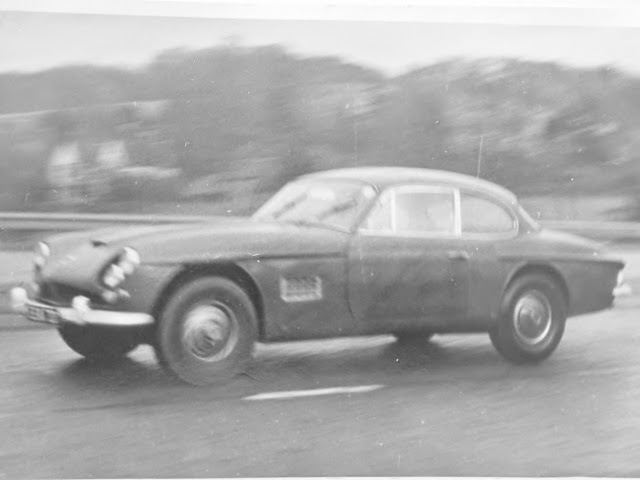 |
| Jensen FF Prototype with C-V8 body courtesy Mike Jones, chief engineer, Jensen 1972 -75 |
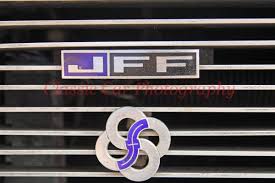
© carsceneinternational.com

